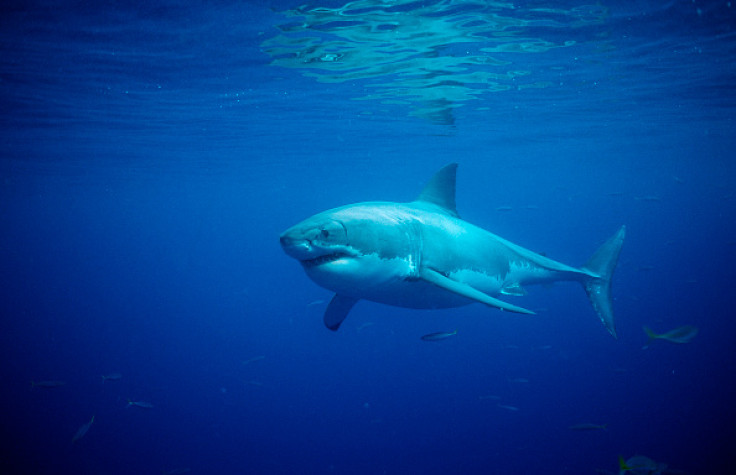Australia: Over 60 sharks spotted off New South Wales beaches

More than 60 sharks have been spotted on the coast of New South Wales, Australia, in the past two days. The water at Jervis Bay has been evacuated as 30 sharks were spotted close to the shore.
The sharks, estimated to be up to 3.5m long – more than twice the size of the average human male – were believed to be copper sharks or bronze whalers.
Sharks were also spotted along the coast, at Port Kembala Beach on 29 December. A surfer reported the sighting to the Australian Aerial Patrol and within minutes, the patrol saw a hammerhead shark in the water, close to the beach. They also spotted another five of the sharks close by.
Five more hammerheads were seen at Warilla, while Windang Beach was closed after a number of sharks were seen near the shore.
The number of shark attacks has been increasing across the Australian state for a number of years. So far in 2015, 13 attacks have been recorded – more than double the number for 2014 and 2013 combined.
In the past four years, there have been six attacks on average per year. Between 1990 and 2009, the average was nearly half that, with 3.7 attacks per year.
Experts have come up with a number of causes for the increased number of sharks in the area, ranging from changing water temperature, to differing patterns of prey. The latest suggestions include a giant "bait ball".
"It was 200m wide and 50m long and it was a churning mass of bubbles," said Dave Wright, Mayor of Ballina Shire, NSW. He was referring to a group of bait fish, clumped together in the mouth of the Richmond River at the beginning of November – just over 800km south of Port Kembala Beach.
The Australian Aerial Patrol is providing daily surveillance across the entire state until the end of January. Providing beach patrols for the community for over 50 years, they assist lifeguards and police by alerting them to any shark activity in the water, near beach shorelines.
© Copyright IBTimes 2024. All rights reserved.






